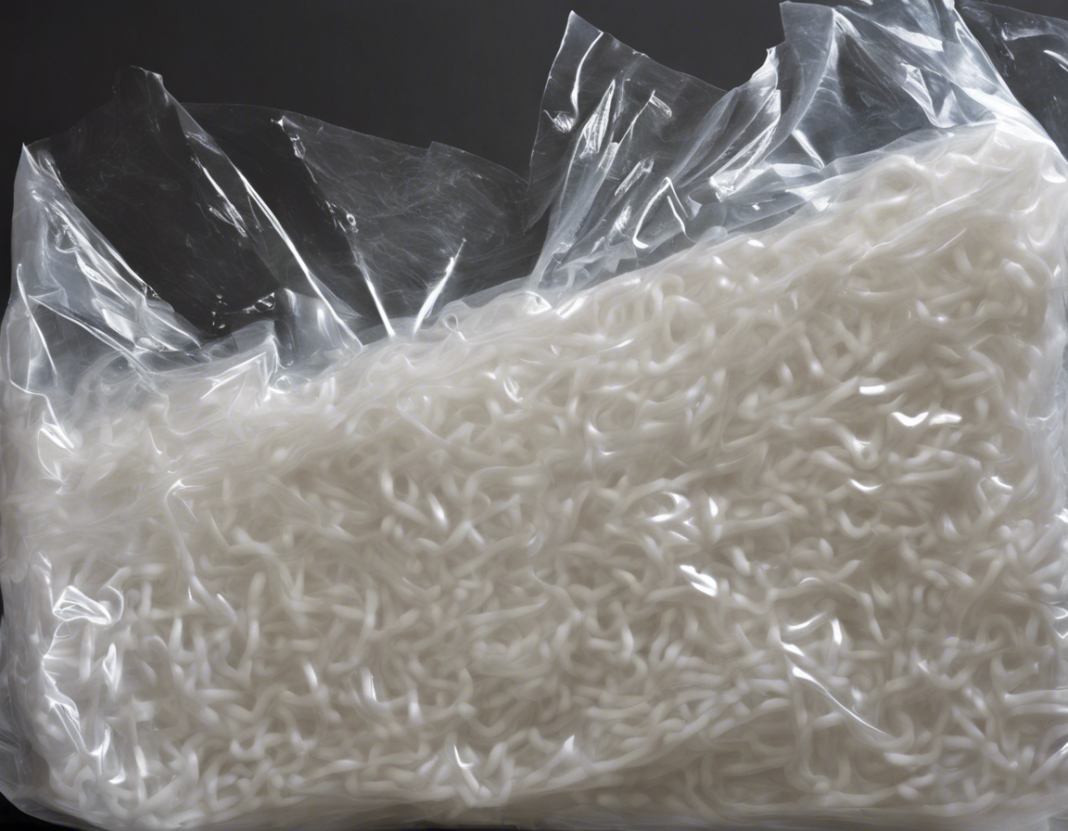Introduction
Static electricity is commonly observed in our daily lives, often resulting from the friction between two different materials. One classic experiment that demonstrates the generation of static electricity is rubbing polythene with wool. In this experiment, rubbing a piece of polythene with wool generates an electric charge on the polythene, leading to an interesting array of phenomena. This experiment is not only fascinating but also educational, helping us understand the principles of static electricity and its applications.
Materials Required:
Before conducting the experiment, gather the following materials:
- Polythene strip or sheet
- Wool cloth
- Lightweight objects such as paper bits or balloon
Procedure:
-
Preparation: Cut a small piece of polythene strip or use a polythene sheet. Obtain a wool cloth or woolen material to rub the polythene.
-
Rubbing the Polythene: Rub the polythene strip vigorously with the wool cloth for about 30-60 seconds. This process transfers electrons from the wool to the polythene, creating a negative charge on the polythene.
-
Observations: After rubbing, hold the polythene strip near lightweight objects like small paper bits or a balloon. You will observe that the objects are attracted towards the polythene strip due to the static charge.
-
Further Experiments: You can explore the effects of static electricity by rubbing the polythene strip on different materials and observing the interactions.
Explanation of the Phenomenon:
When you rub the polythene with wool, electrons are transferred from the wool to the polythene due to the difference in their electronegativities. The polythene gains extra electrons and becomes negatively charged, while the wool loses electrons and acquires a positive charge. This separation of charges creates an electric field around the polythene, leading to the observed static electricity effects.
Applications of Static Electricity:
Static electricity has various practical applications in our daily lives and industries:
- Photocopying machines utilize static electricity to attract toner particles to paper.
- Electrostatic precipitators are used to remove dust and pollutants from industrial chimneys.
- Inkjet printers use static electricity to direct ink droplets onto paper accurately.
- Electrostatic painting techniques ensure even coating of paint on surfaces through the attraction of charged particles.
Safety Precautions:
While conducting the static electricity experiment, it is essential to follow these safety measures:
- Avoid conducting the experiment near flammable materials.
- Do not touch the charged polythene strip with bare hands to prevent electric shocks.
- Keep the experiment area dry to minimize the risk of electrical hazards.
FAQs (Frequently Asked Questions):
- Why does rubbing polythene with wool generate static electricity?
-
Rubbing polythene with wool transfers electrons between the materials, creating a charge imbalance and resulting in static electricity.
-
How can static electricity be discharged safely?
-
Static electricity can be discharged safely by grounding or by touching a conductive object to neutralize the charge.
-
Can static electricity cause damage to electronic devices?
-
Yes, static electricity discharge can potentially damage electronic devices by interfering with their delicate circuitry.
-
Is static electricity harmful to humans?
-
While static electricity shocks are generally harmless to humans, they can be uncomfortable or startling.
-
How is static electricity different from current electricity?
-
Static electricity involves the accumulation of electric charge on an object, whereas current electricity flows continuously in a closed circuit.
-
Can static electricity be used to generate power?
-
While static electricity itself is not a direct source of power generation, it can be utilized in applications such as electrostatic generators.
-
Why does static electricity make hair stand on end?
-
Static electricity can cause hair to stand on end by repelling each strand from one another due to the like charges present.
-
What materials are good for generating static electricity?
-
Materials with varying electronegativities, such as wool and polythene, are effective for generating static electricity through friction.
-
How can static electricity be controlled in industrial settings?
-
Industrial settings use measures like grounding techniques, conducting materials, and ionizers to control and dissipate static electricity.
-
What are some common examples of static electricity in everyday life?
- Common examples of static electricity include clothes sticking together in the dryer, hair sticking to a comb, and sparking when touching a metal object after walking on a carpet.
In conclusion, the static electricity experiment of rubbing polythene with wool serves as an engaging way to explore the fascinating world of electrostatic phenomena. By understanding the principles behind this experiment, we gain insights into the behavior of charges, their interactions, and the practical applications of static electricity in various fields. Conducting simple experiments like these not only sparks curiosity but also deepens our appreciation for the scientific wonders that surround us.






